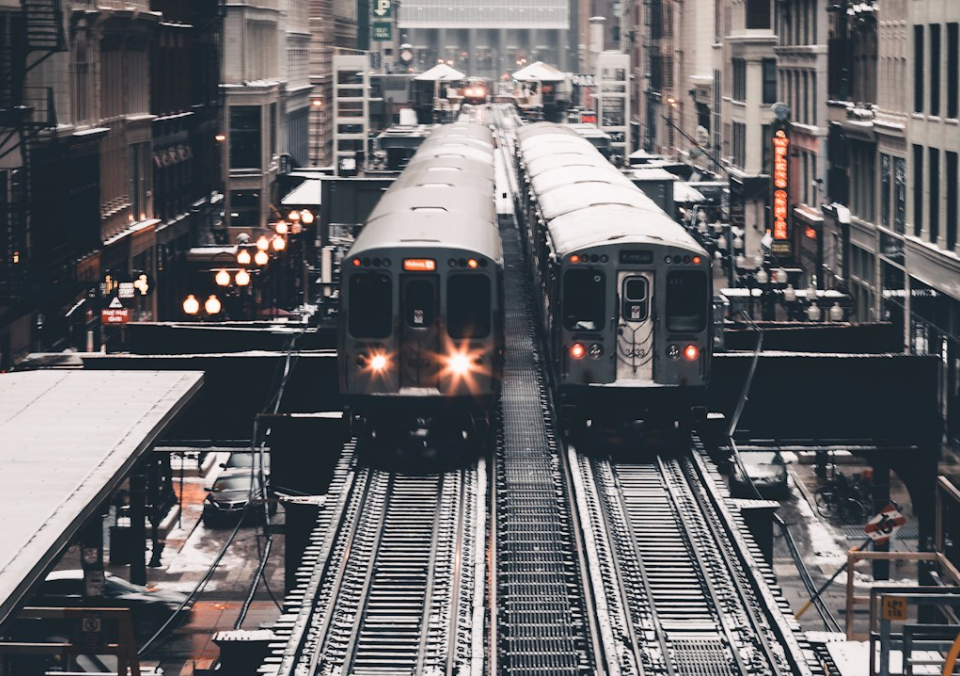 Traction substations are an aspect of the locomotive industry that are rarely understood amongst many systems within the rail industry. Traction substations is a system that’s used in electrical locomotives to convert electrical power supplied for the power utility into a suitable power system for the rails. Third rail line systems or overhead line systems use a different type of power. Depending on the type of rail system that a locomotive uses, the alternating current or direct current could be the standard for use with these types of trains.
Traction substations are an aspect of the locomotive industry that are rarely understood amongst many systems within the rail industry. Traction substations is a system that’s used in electrical locomotives to convert electrical power supplied for the power utility into a suitable power system for the rails. Third rail line systems or overhead line systems use a different type of power. Depending on the type of rail system that a locomotive uses, the alternating current or direct current could be the standard for use with these types of trains.
DC systems included traction substations and this is a crucial piece of the system that can convert power from the utility supply through a transformer and also ensure that the system is adequately protected from switching devices across the maintenance of the system. Under any AC system, traction substations are also a core piece of equipment because they stand as the transformers that can connect the three-phase of power utility supply to a single-phase.
Circuit breakers help in the process of switching the device that will ensure adequate system protection and the chance for optimal maintenance. Alternating the current supply on the traction side through a single-phase will make sure that there’s no imbalance in the three-phase utility beyond the limits of the locomotive. Transformers and static converters will make sure that the limits can be achieved and that the power will be supplied in a structured path for any auxiliary services and throughout the train itself.
Traction substations are controlled by a series of SCADA systems and these are responsible for regulating power consumption for signalling, trackside purposes and more. Traction substations often have a higher operational and stability constraint under normal power distribution substations. These items can include proper constraints that prevent frequent short-circuits, both as depressions, transient spikes and voltage rise. The use of controlled traction drives will ensure that there is not a need for significant harmonic adjustments that can affect the overall power supply system. The unit will work to accept as much usable power as possible while also making sure that the design can meet all technical challenges under regulation.
Depending on the software support and the limits that are set up for the system, these are items that can continue to manage and regulate power over years of carefree operations. If you’d like to learn more about traction substations contact us today to find out about our products.
